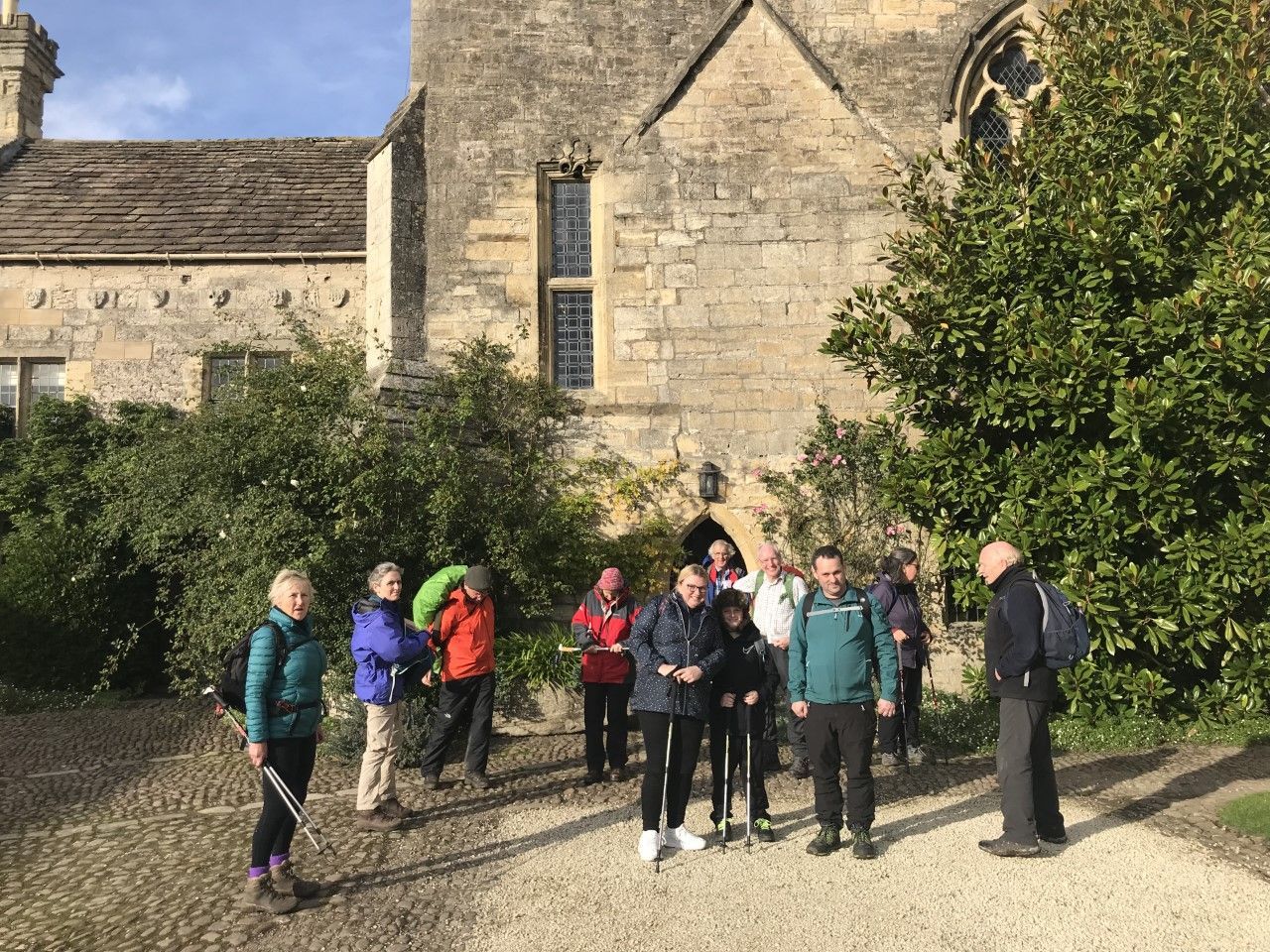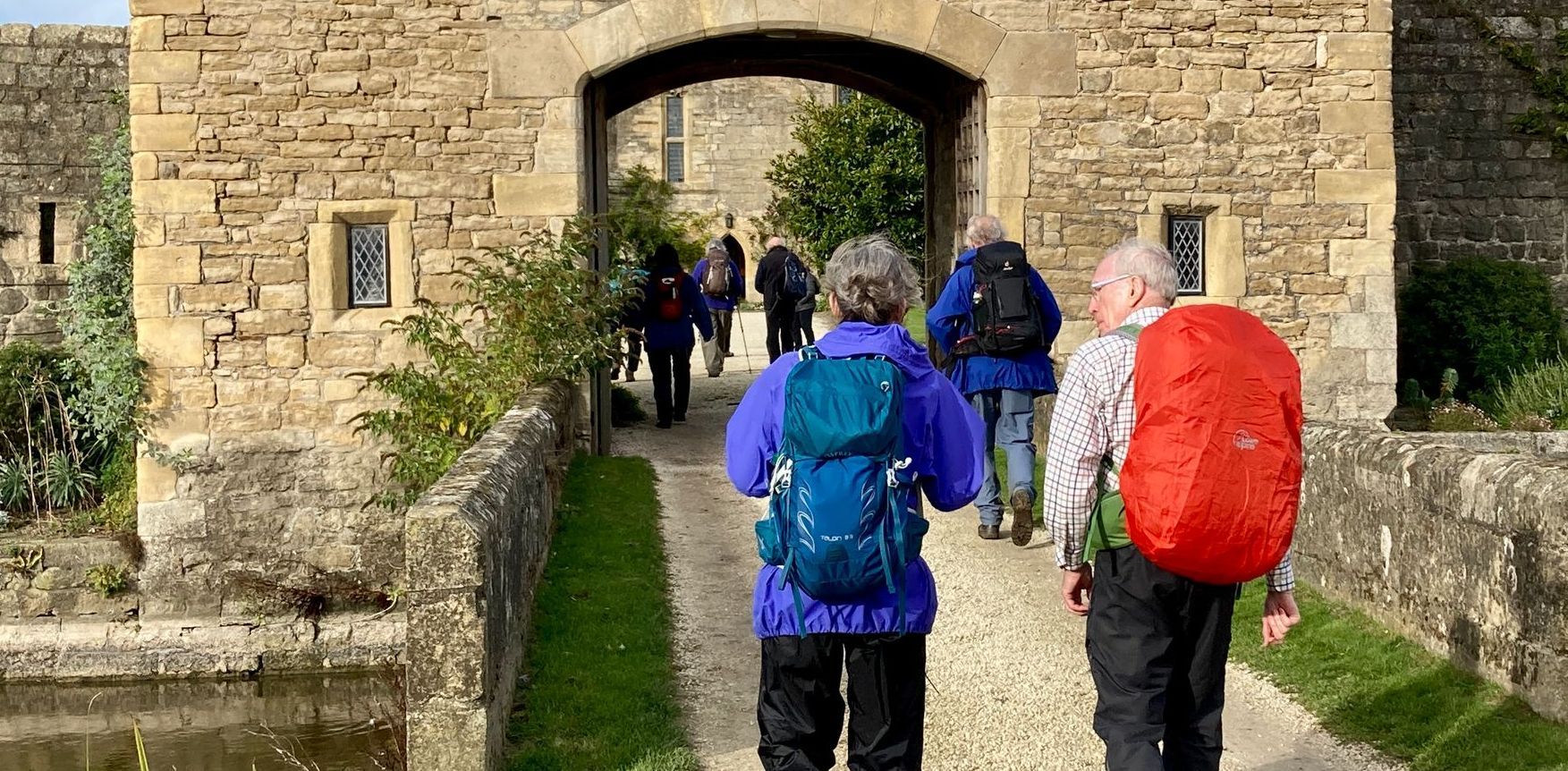Walking Pilgrimage Ways within the Catholic dioceses of
England & Wales
welcoming people of all faiths and none
HEARTS IN SEARCH OF GOD
“Whoever they may be
— young or old, rich or poor, sick and troubled or curious tourists —
let them find due welcome, because in every person there is a
heart in search of God,
at times without being fully aware of it.”
Pope Francis
address to those engaged in pilgrimage work and rectors of shrines, 21.01.2016
Hearts in Search of God
The aim of this three year project is to promote walking pilgrimage in England & Wales by developing Pilgrim Ways between the cathedral of each Catholic diocese and one or more shrines within the same diocese. The Ways are an opportunity for Catholics and other Christians to deepen their faith, and for people of all faiths and none to share in the experience of walking a pilgrimage in a Catholic context. The hope is that walking pilgrimage will contribute to the common good of our nations through encouraging encounter with others, hospitality, and respect for the environment. Phil McCarthy acts as project lead.
Diocesan Pilgrim Ways
The Pilgrim Ways start at the cathedral of the diocese and end at a shrine within the diocese. The routes take in the Catholic parish churches along the Way and places of relevant historical interest. They are off-road as much as possible and incorporate existing pilgrim routes and long-distance footpaths.
In most dioceses there is no such route but the Diocese of Leeds has the two day St Wilfrid’s Way and the Diocese of Lancaster has the six day St Mary’s Way. In Southwark there is the Becket Way and the Augustine Camino. In Arundel & Brighton there is an annual ecumenical walking pilgrimage: Pilgrims Live! Nationally there is Pilgrim Cross (formerly Student Cross) to Walsingham in Holy Week. These walks provide models and inspiration for this project.
The new Pilgrim Ways were planned and walked by Phil McCarthy, the Hearts in Search of God Project Lead, during 2023 and 2024. Walking directions, GPX files and background notes for the the Ways are available on this website, listed by diocese.
Feedback about the routes is welcome and as well as corrections and suggestions from pilgrims who have walked the route. All the Ways can be seen on the map in the following section.
If you walk one of these ways we hope your pilgrimage will be fruitful.


